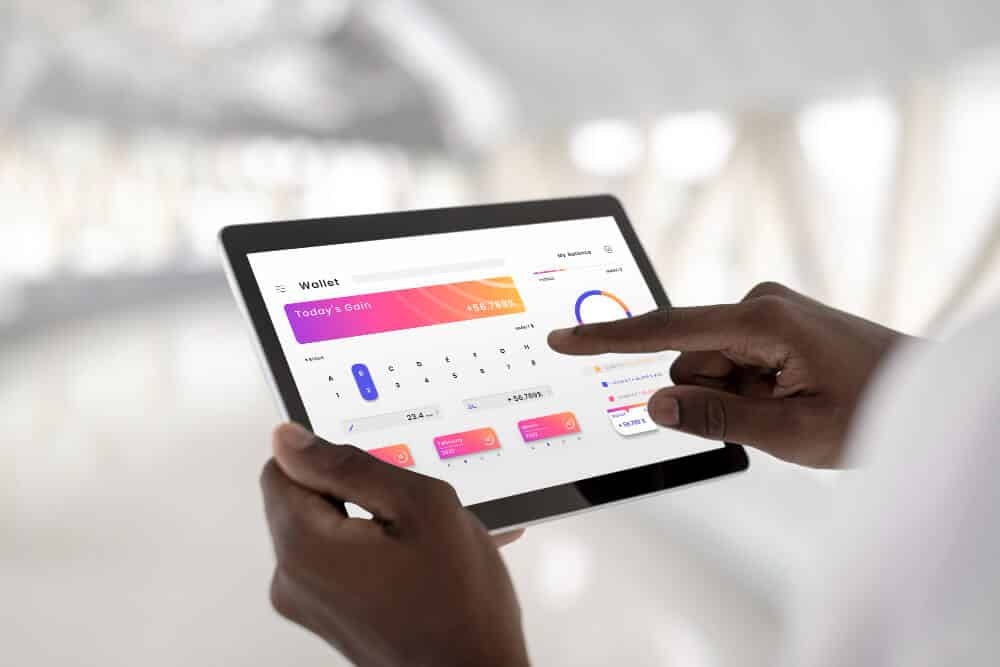The lifespan of an iPad is a crucial consideration for users looking to make a long-term investment in their digital devices. Apple’s commitment to high build quality is a foundational factor, but the longevity of an iPad is influenced by various other elements. In this article, we explore key factors that contribute to the overall lifespan of iPads.
Build Quality and Materials
Apple’s reputation for producing premium devices is upheld by its commitment to superior build quality. iPads are constructed using high-quality materials and robust construction methods, setting a standard in the industry. The durability of the physical components contributes significantly to the device’s overall lifespan.
Usage Patterns
The way users engage with their iPads has a profound impact on their longevity. Intensive usage, such as gaming or video editing, can lead to quicker battery degradation and increased wear and tear. Conversely, iPads used for lighter activities like browsing or reading tend to experience less strain on their components, potentially extending their lifespan.
Maintenance Practices
Regular maintenance is essential for maximizing the lifespan of an iPad. Users can contribute to the longevity of their devices by adopting practices such as regular cleaning, avoiding overcharging, and protecting the device from extreme temperatures. These habits help prevent physical damage and ensure the efficient functioning of internal components.
Software Updates
Apple is renowned for supporting its devices with regular iOS updates. While these updates often bring new features and improvements, they can also impact the lifespan of an iPad. An outdated iPad may become incompatible with the latest software and applications, limiting its functionality and reducing its overall lifespan. Users are encouraged to keep their devices updated to ensure compatibility with evolving technology.
Performance and Responsiveness Over Time
As iPads age, they may exhibit signs of slowing down or reduced responsiveness, particularly when running newer and more demanding applications. Technological advancements and the evolving nature of software can place strain on older hardware, impacting the overall user experience. While this doesn’t necessarily mean an iPad is at the end of its lifespan, users may need to manage their expectations and consider upgrading to newer models for optimal performance.
The lifespan of an iPad is influenced by a combination of factors, from its initial build quality to user habits and software considerations. While Apple’s commitment to excellence in design and materials sets a high standard, users also play a pivotal role in ensuring their iPads remain functional and efficient over time. By adopting proper maintenance practices, monitoring usage patterns, and staying abreast of software updates, users can make the most of their iPads, enjoying a prolonged and satisfying digital experience.

